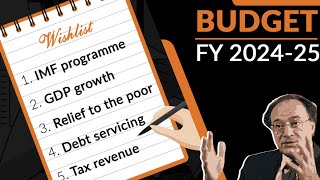The Ministry of Textile has asked textile industrialists to convey their demands and problems they are facing due to power crisis, sources told Business Recorder here on Saturday.
A meeting was held here on March 13 between the representatives of the ministry including Textile Secretary Zafar Mahmood, Incharge of R&D Cell, Usmani, section officers of the ministry and Shahzad Arshad, Chairman, Pakistan Cotton Fashion Apparel Manufacturers and Exporters Association (PCFAMEA).
During the meeting, the chairman of PCFAMEA was asked to elaborate the demands of the textile industry so that the government could take steps for resolution of their problems.
Arshad informed the meeting that an importer of apparel has to pay approximately 9.6 percent import duty in the form of GSP in EU and North America whereas 29 percent duty is levied for 100 percent cotton and 19 percent for blended apparels.
"This is something discouraging for our textile importers who prefer importing apparel from Bangladesh because of no import duty on the import from that country. The government should negotiate with EU and North America to reduce or for that matter abolish this duty," he demanded.
Political instability has decreased the foreign export orders and formation of the new government is the only way out. "After elections, the situation is gradually improving as the country that had almost lost receiving export orders even from our old foreign buyers has once gain started receiving new orders," the PCFAMEA chairman said.
The SMEs of our apparel industry are at a very low stage and their number in the apparel export-based industry has also considerably reduced. "The textile industry demands of the government to take urgent steps for revival of dying SME apparel sector," Arshad emphasised.
He said that SMEs are considered the engine of economic growth in both developed and developing countries, as they provide low cost employment since the unit cost of persons employed is lower for SMEs than for large-size units.
He stated that there should be one window operation in Pakistan like that of Bangladesh in order to encourage foreign investment with the development of the textile sector. In the countries which are the major buyers and the customers of the textile products of Pakistan, the trade commissioner posted there should be selected from trade and commerce group, he said.
The gas tariff rates have increased over 30 percent as compared to the last year. Shahzad Arshad stressed that for the export oriented apparel units, gas as well as electricity tariff rates should be reduced. For new units, the gas supply should be ensured for 12 months and not for 9 months. The PCFAMEA chairman said that the export refinance rate should be reduced while the rate of R&D that is 6 percent should be continued for at least five years.
BR100
7,583
Increased By
39.5 (0.52%)
BR30
24,238
Increased By
202.6 (0.84%)
KSE100
72,797
Increased By
207.9 (0.29%)
KSE30
23,213
Increased By
76.4 (0.33%)






















Comments
Comments are closed.